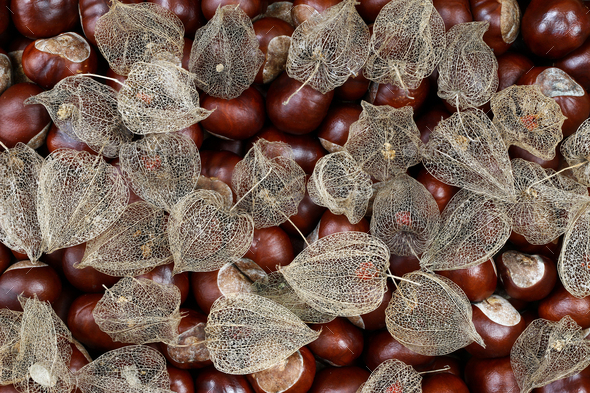
Native to high-altitude tropical Peru Colombia and Ecuador and since transported to most of the warm areas of the world. Lower hardness adhesiveness and gumminess values were observed with freezing pretreatments.
Gooseberries thrive in cooler climates and will often not produce fruit until a frost has passed.
How to dry cape gooseberries. The pretreatments improved the quality parameters of dried cape gooseberries including shrinkage rehydration capacity ascorbic acid retention and texture. The fruits pretreated with ethyl oleate presented higher rehydration capacity and ascorbic acid retention and lower water activity. Lower hardness adhesiveness and gumminess values were observed with freezing pretreatments.
To make the filling. In a saucepan combine 200g cape gooseberries and 1 tablespoon sugar. Heat for five minutes until soft.
Drain off the liquid mix the drained cape. A small yellow flower gives way to a green pod that looks like Chinese lanterns. The fruit inside is small and green as it matures the husks dry and the fruit turns an orange golden yellowlike.
Yes freezing is one way to preserve cape gooseberries. You can either place the berries into a container and freeze or lay them out on a cookie sheet to freeze before packing into a container. Using the cookie sheet to freeze first prevents the berries sticking together so you can later remove the portion you need easily.
This will help the plant to grow more branches resulting in more cape gooseberry fruits in turn. Cape gooseberry plant should be watered regularly and kept under close monitoring of drainage as well so that the water does not clog in the soil. Cape gooseberry plant cannot grow well in muddy soil.
Cape gooseberries are globular fruits averaging 1 to 2 centimeters in diameter and are encased in a green to tan papery husk that forms an inflated lantern shape. The skin of the fruit is initially waxy and slightly sticky when removed from the husk giving way to a smooth and taut consistency. The skin also transitions from green to orange-yellow when ripe.
Underneath the surface the flesh is aqueous soft. The condiment is almost like candied gooseberries with a spice kick from the mustard flavor. Its a three day process but minimal effortthe key is to leave the gooseberries overnight in a.
Peruviana is a lax branching herbaceous perennial with soft hairy leaves and small yellow flowers with chocolate-brown centres in mid- to late summer. These are followed by edible orange berries. Eachenclosed in a papery lantern-shaped husk.
We use tables for strawberry production but have found them to have many uses. This video shows how we have adapted the tables to this crop and how much easi. Your source for the latest how to dry cape gooseberries articles.
Cape Gooseberry also called Golden Berry Poha Inca Berry. Native to high-altitude tropical Peru Colombia and Ecuador and since transported to most of the warm areas of the world. The cape gooseberry is an annual in temperate regions and a perennial in the tropics up to 3000m elevation.
It can tolerate a mild frost. Mean precipitation can be 800-3000mm pa but this. Use a quality potting soil mulch well and keep an eye on the moisture level as plants in pots tend to dry out quicker than those grown in the ground.
Also ensure the pot has adequate drainage as Cape Gooseberries prefer free-draining soil. What do Cape Gooseberries Taste Like. According to this article they can also be canned whole and preserved as jam made into sauces used in pies puddings chutneys and ice cream and eaten fresh in fruit salads and fruit cocktails.
How to store cape gooseberries. Cape gooseberries are an excellent source of vitamin A and C. It helps to boost up your immunity.
It has fiber which prevents constipation. There are some of the ways to store the gooseberries which are mentioned below. Dry Them for Storing.
You can store your delicious gooseberries by drying them. It can be either done by a food dehydrator or by the oven. Once the trays are all full or you are out of gooseberries put the lid on the dehydrator affiliate link and set the thermostat to 160 degrees Fahrenheit.
Dry them at this temperature for two. Plant gooseberries in a cool spring climate. Gooseberries thrive in cooler climates and will often not produce fruit until a frost has passed.
Plant your gooseberries early in spring or as.